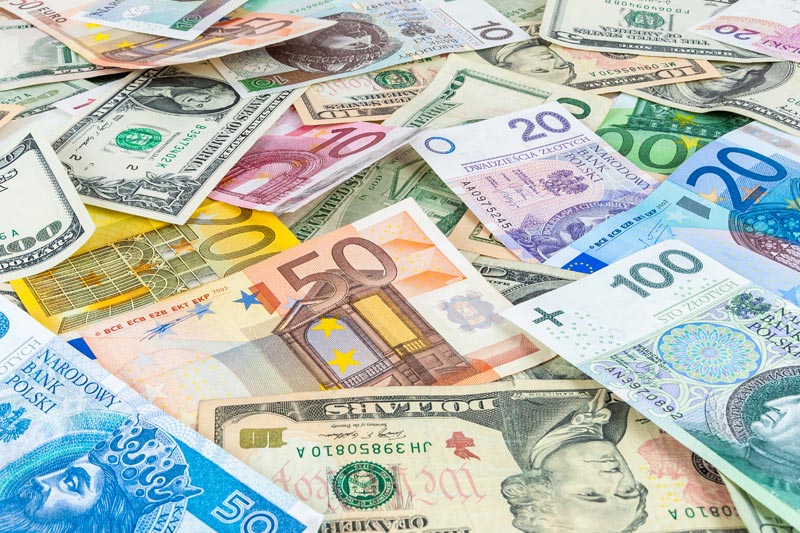Investing.com - The Australian dollar traded lower against its U.S. rival during Thursday’s Asian session as some traders are beginning to wonder about the potential inflationary effects of the weak Aussie.
In Asian trading Thursday, AUD/USD fell 0.19% to 0.9153. The pair was likely to find support at 0.9150, the low of July 21 and resistance at 0.9345, the high of June 26.
On Wednesday in Australia, official data showed that consumer price inflation remained unchanged at 0.4% in the second quarter, confounding expectations for an uptick to 0.5%.
Trimmed mean consumer price inflation, which excluded the most volatile 30% of items, rose to 0.5% in the last quarter, from 0.4% in the first quarter, in line with expectations.
Those data points combined with the already weak Aussie could limit the Reserve Bank of Australia’s scope for further rate cuts, something that is wisely expected out of the central bank.
The greenback also pressured the Aussie amid some sound U.S. housing data. In U.S. economic news out Wednesday, the National Association of Home Builders/Wells Fargo builder sentiment index climbed to 57 this month from 51 last month. The July reading reading is the highest since January 2006. Readings above 50 indicate builders view the market as good.
New home sales advanced 8.3%, the best rate in five years. The seasonally adjusted rate was 497,000 units. Economists expected 484,000. May's sales rate was also revised up to 459,000.
Earlier this week, BlackRock, the world’s largest asset manager, said AUD/USD could fall to 80 cents over the next nine months. BlackRock joined a chorus of banks and asset management firms, including Westpac and Goldman Sachs, that have bearish views on the Aussie.
Elsewhere, AUD/JPY fell 0.39% to 91.59 while AUD/NZD slid 0.61% to 1.1476.
In Asian trading Thursday, AUD/USD fell 0.19% to 0.9153. The pair was likely to find support at 0.9150, the low of July 21 and resistance at 0.9345, the high of June 26.
On Wednesday in Australia, official data showed that consumer price inflation remained unchanged at 0.4% in the second quarter, confounding expectations for an uptick to 0.5%.
Trimmed mean consumer price inflation, which excluded the most volatile 30% of items, rose to 0.5% in the last quarter, from 0.4% in the first quarter, in line with expectations.
Those data points combined with the already weak Aussie could limit the Reserve Bank of Australia’s scope for further rate cuts, something that is wisely expected out of the central bank.
The greenback also pressured the Aussie amid some sound U.S. housing data. In U.S. economic news out Wednesday, the National Association of Home Builders/Wells Fargo builder sentiment index climbed to 57 this month from 51 last month. The July reading reading is the highest since January 2006. Readings above 50 indicate builders view the market as good.
New home sales advanced 8.3%, the best rate in five years. The seasonally adjusted rate was 497,000 units. Economists expected 484,000. May's sales rate was also revised up to 459,000.
Earlier this week, BlackRock, the world’s largest asset manager, said AUD/USD could fall to 80 cents over the next nine months. BlackRock joined a chorus of banks and asset management firms, including Westpac and Goldman Sachs, that have bearish views on the Aussie.
Elsewhere, AUD/JPY fell 0.39% to 91.59 while AUD/NZD slid 0.61% to 1.1476.
